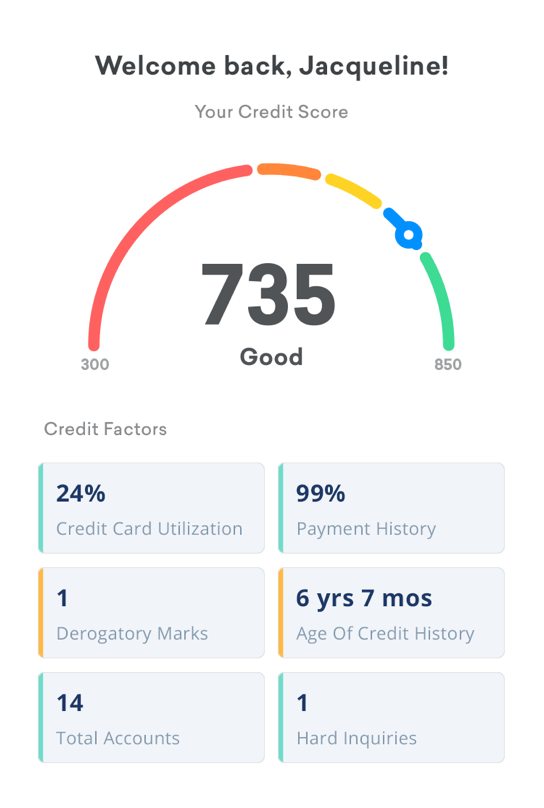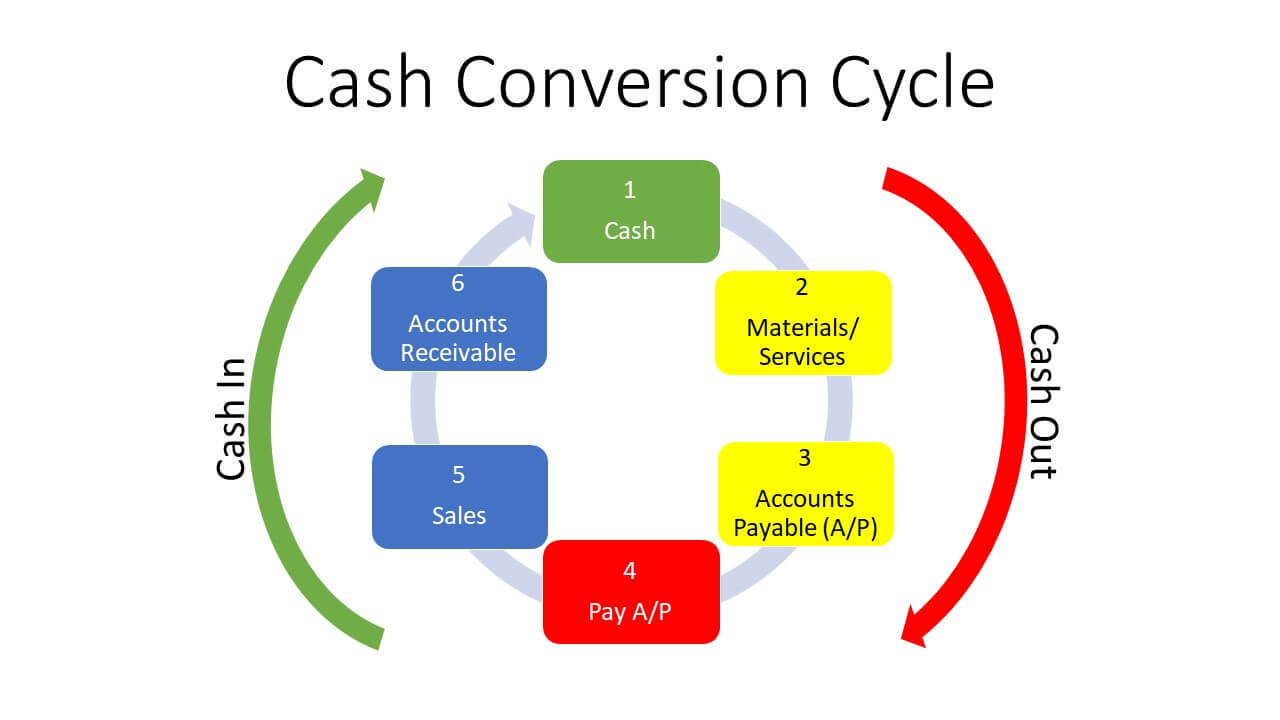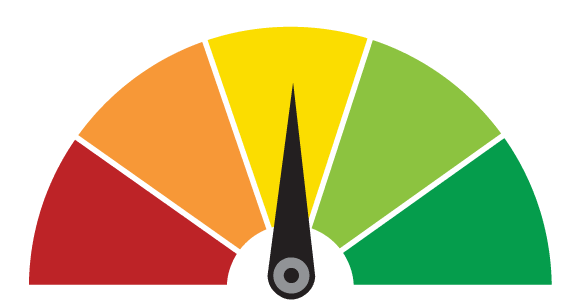
Credit risk is the probability of not getting paid, simple. Some business owners think that just having some special clauses in their terms of trade is all they need to do but there’s more involved.
When you offer anyone credit you are entering into a whole separate debt agreement. It’s no longer just providing goods and services and the warranties which come with that. When you offer credit (to anyone, even friends) there is an expectation that the borrower will repay the loan in good faith – in other words as quickly as possible. But many things can get in the way and the credit component of the transaction can get awkward.
Continue reading The first moment Credit Risk happens












